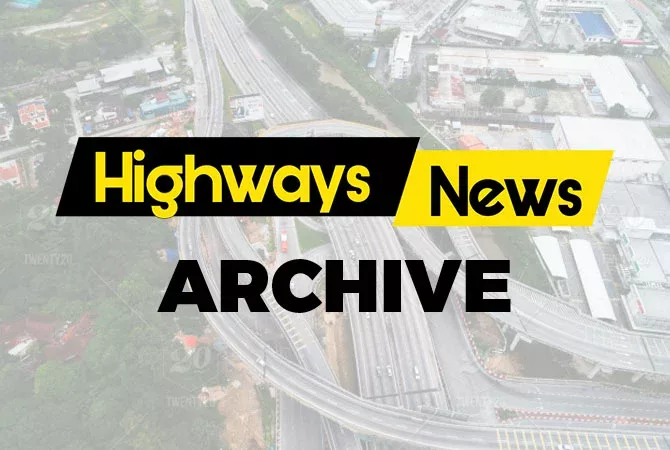In late March, the Central Ohio Transit Authority (COTA) in the US instituted a social distancing policy limiting transit vehicles’ load to twenty passengers. The change was in response to local, state and federal guidelines to prevent the spread of COVID-19.
The agency also deployed dynamic service, a system of smaller transit vehicles utilised to pick-up passengers left at stops as a result of capacity limits. Additionally, dynamic service included the need to align transit resources with the mobility needs of the community in response to the crisis.
COTA adapted its fixed route service to provide access to essential travel destinations, focusing on food, health care, and essential employment job centers. To better understand community mobility needs while balancing the safety of customers and employees, COTA sought an analysis of system demand with the intent of building a further dynamic, adaptable response that paired resources with ridership demand and essential destinations.
Waycare created a route urgency score by assessing several key factors:
- Number of Passengers: How many passengers are on each bus route during each day/week?
- Time of Day: What times are certain routes the busiest? Which routes increased during certain times of the day?
- Proximity to Essential Locations: What is the proximity of bus stops to essential locations such as food banks, grocery stores, pharmacies, etc?
- Number of Pass-ups: How many passengers did buses have to pass up due to capacity restrictions?
Factoring in the elements above, Waycare developed an operational analysis of the top twelve most essential routes for passengers. The company also designed heat-map tools, hourly breakdown charts, passenger reports, and more – available to COTA through an online dashboard.
Due to the impacts of COVID-19 and subsequent social distancing recommendations, transit agencies are now making important decisions on how to get riders to their destinations safely and efficiently. Taking into account important factors, such as the number of passengers during a particular time of day and route, will help agencies like COTA make better decisions for allocating transit resources.


















